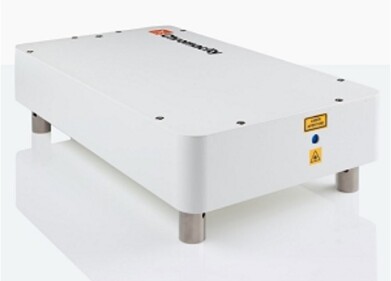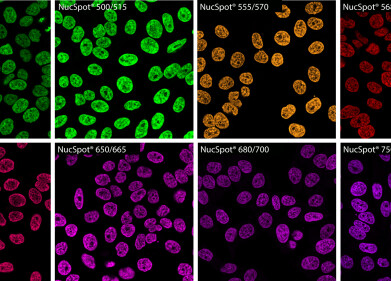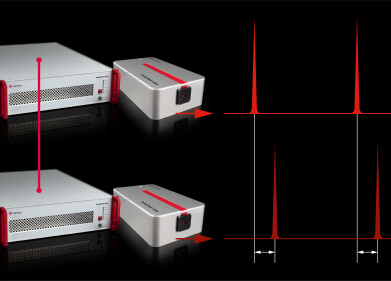-
 Genetically engineered mice were used for the tests
Genetically engineered mice were used for the tests
Microscopy & Microtechniques
Some symptoms of Down syndrome in mice reversed by new compound
Sep 06 2013
A new compound has been discovered that has proved successful in improving memory and learning within mice that present with a Down syndrome-like condition. The compound was identified by scientists at the National Institutes of Health and Johns Hopkins University School of Medicine.
Treating the mice with a single dose of the compound on the day they are born has been found to allow the cerebellum of the mice's brains to develop to average size, according to the research that was published in 'Science Translational Medicine'. The compound, known as sonic hedgehog pathway agonist, looks like it could be further developed into a treatment for humans, according to scientists, but has not yet been proved safe for this next step.
The treatment was developed with the purpose of improving the growth of the cerebellum, according to Professor Roger Reeves from the McKusick-Nathans Institute of Genetic Medicine at Johns Hopkins University School of Medicine. The majority of people that are born with Down syndrome have a smaller cerebellum than those without the syndrome, roughly around only 60 per cent of the average size, said Mr Reeves. The compound was found to have the desired effect upon the growth, but also had a positive effect upon the memory and learning capacity of the tested-on mice.
Professor Reeves continued to say that learning and memory are not within the domain of the cerebellum and are actually controlled by the hippocampus, which was not meant to be affected by the compound treatment.
In order to test the compound, mice were genetically engineered to contain the extra genes that people with Down syndrome have on chromosome 21. As a result, the mice were born with similar characteristics to people born with the syndrome, such as learning difficulties and smaller cerebellums.
The Sonic Hedgehog pathway agonist was developed by supercharging the sonic hedgehog pathway, which is a biochemical chain. This was then injected into the mice on the day they were born, which is when their cerebellums were still being developed. A single treatment was found to normalise the cerebellum's growth as the mice developed into adulthood, according to Professor Reeves.
More research will now be done on altering the compound for use in humans without affecting other normal biological functions.
Digital Edition
Lab Asia 31.6 Dec 2024
December 2024
Chromatography Articles - Sustainable chromatography: Embracing software for greener methods Mass Spectrometry & Spectroscopy Articles - Solving industry challenges for phosphorus containi...
View all digital editions
Events
Jan 22 2025 Tokyo, Japan
Jan 22 2025 Birmingham, UK
Jan 25 2025 San Diego, CA, USA
Jan 27 2025 Dubai, UAE
Jan 29 2025 Tokyo, Japan


















